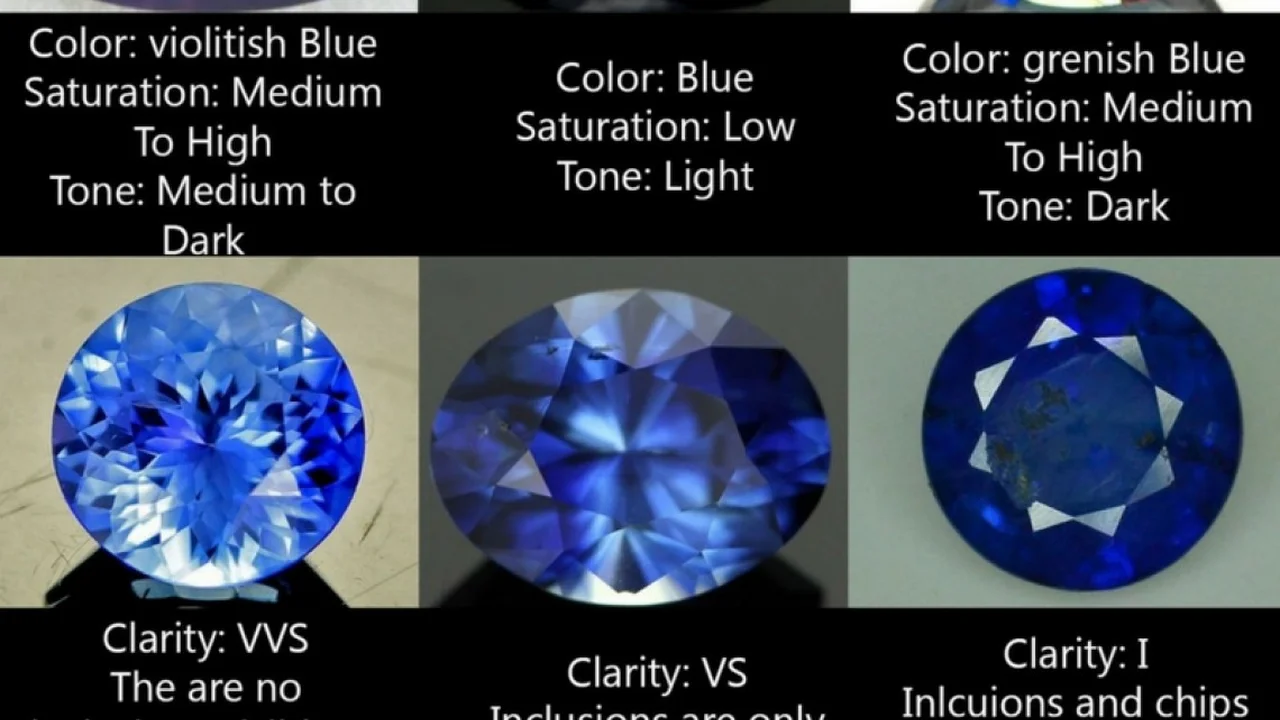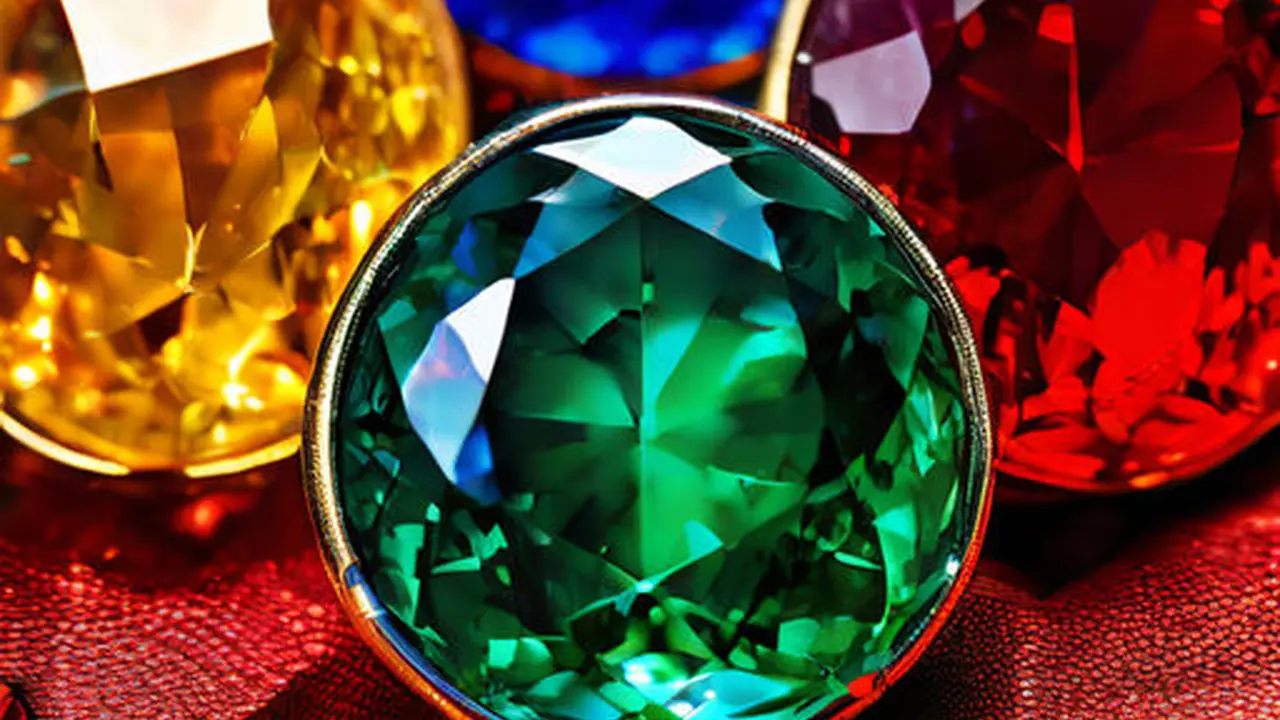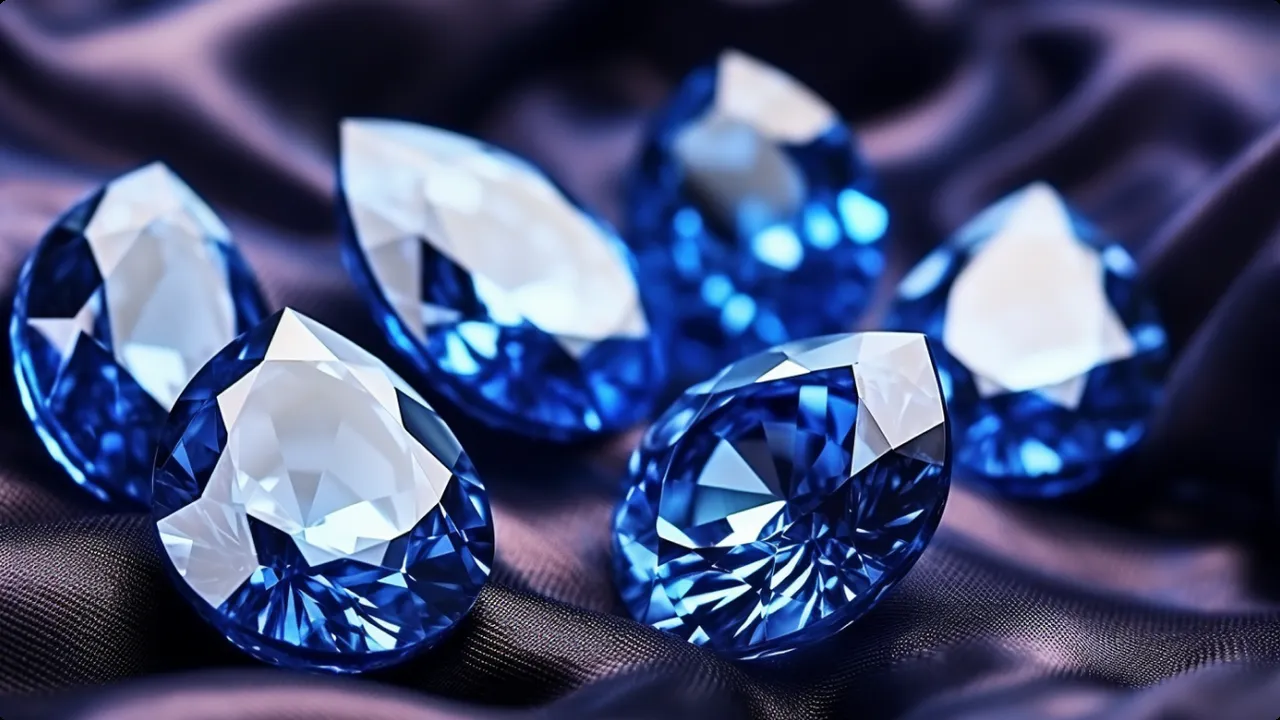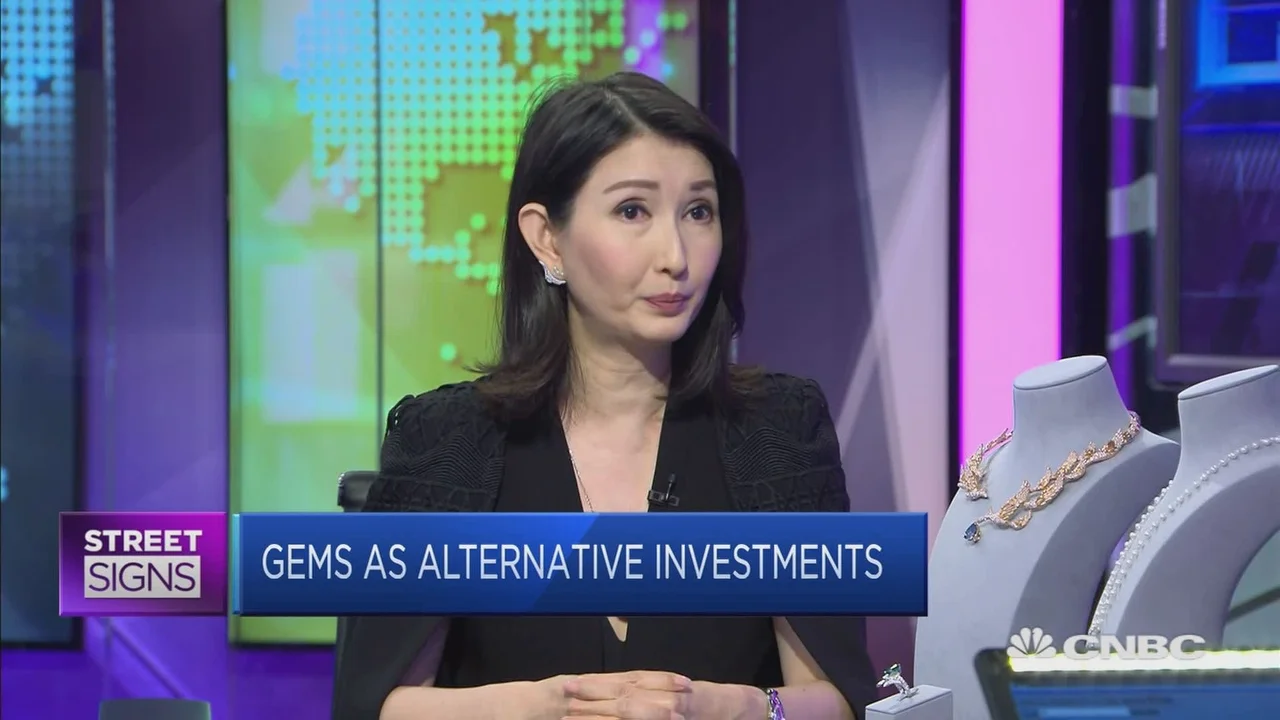The Ultimate Guide to Buying Investment Grade Sapphires
Discover the top tips and tricks for identifying and purchasing high-quality sapphires for investment purposes. Expert advice on color, clarity, cut, and carat to maximize your investment potential.

Understanding Investment Grade Sapphires Color is Key
Color is arguably the most important factor when determining the value of a sapphire. The most sought-after sapphires possess vivid, intense hues. For blue sapphires, a strong, saturated blue without excessive grayness or greenness is ideal. Padparadscha sapphires, known for their unique pinkish-orange color, command premium prices. Remember, consistent and even color distribution is crucial. Avoid sapphires with noticeable color zoning or uneven patches.
Clarity Matters Evaluating Sapphire Imperfections
While sapphires are naturally included gemstones, clarity significantly impacts their value. Look for sapphires with minimal inclusions that don't detract from their brilliance or transparency. Avoid stones with large, dark, or numerous inclusions that can affect durability and light performance. A gemological report will clearly outline the clarity grade, helping you make an informed decision. Consider 'eye-clean' sapphires – those with no visible inclusions to the naked eye.
Cut and Carat Weight Balancing Size and Beauty
The cut of a sapphire determines how well it reflects light, enhancing its brilliance and fire. A well-cut sapphire will exhibit even brilliance across its surface and minimize light leakage. Carat weight, of course, influences price, but don't sacrifice quality for size. A smaller, well-cut, intensely colored sapphire is often a better investment than a larger, poorly cut stone with dull color. Aim for a balance between carat weight and overall gem quality.
Origin and Treatment Identifying Premium Sapphires
The origin of a sapphire can significantly impact its value. Sapphires from Kashmir (though rare and often unavailable) are highly prized for their velvety blue color. Burmese sapphires are also esteemed. Be aware of treatments, such as heat treatment, which is commonly used to enhance color and clarity. While accepted, undisclosed or excessive treatments can negatively affect value. Always request a gemological report that discloses any treatments.
Where to Buy Investment Grade Sapphires Reputable Dealers and Auctions
Purchasing from reputable dealers or established auction houses is crucial. Look for dealers with a strong reputation for integrity and expertise. They should be willing to provide detailed information about the sapphire, including its origin, treatments, and grading report. Auctions can offer opportunities to acquire rare or unique sapphires, but thorough due diligence is essential. Always inspect the sapphire in person or request high-resolution images and videos before bidding.
Recommended Investment Grade Sapphire Products and Scenarios
Let's explore some specific examples of investment-grade sapphires and their potential applications:
Example 1: A 3 Carat Ceylon Sapphire Ring
Description: A stunning 3-carat Ceylon sapphire, exhibiting a vibrant, medium-blue color and excellent clarity (VS1). Set in a platinum ring with small diamond accents.
Usage Scenario: This piece is ideal for adding to a jewelry collection. It could also be a family heirloom or a display piece.
Price: Estimated at $12,000 - $15,000.
Example 2: A Pair of 1.5 Carat Kashmir Sapphire Earrings
Description: A matched pair of 1.5-carat Kashmir sapphires, displaying the coveted velvety blue hue and exceptional clarity (VVS2). Set in white gold earrings with a simple, elegant design.
Usage Scenario: These earrings are perfect for special occasions or as a statement piece in a jewelry collection. Their rarity and beauty make them a valuable investment.
Price: Estimated at $30,000 - $40,000 (for the pair).
Example 3: A 5 Carat Unheated Burmese Sapphire
Description: A rare 5-carat unheated Burmese sapphire, boasting a rich, intense blue color and good clarity (SI1). This sapphire is highly sought after due to its size, origin, and lack of treatment.
Usage Scenario: This sapphire could be the centerpiece of a bespoke piece of jewelry or held as a standalone investment. Its rarity and value are likely to appreciate over time.
Price: Estimated at $50,000 - $70,000.
Sapphire Investment Comparing Different Product Types
When considering sapphire investments, compare different options:
* **Loose Sapphires:** Offer flexibility in design and setting, allowing you to create custom jewelry.
* **Sapphire Jewelry:** Provides immediate wearability and can be a beautiful and valuable asset.
* **Rare and Unique Sapphires:** Command premium prices due to their exceptional quality, origin, or characteristics.
Remember to factor in the cost of setting, insurance, and storage when evaluating the overall investment potential.
Understanding Sapphire Pricing Factors Detailed Market Analysis
Sapphire prices are influenced by various factors, including:
* **Color:** Vivid, intense colors command higher prices.
* **Clarity:** Eye-clean sapphires are more valuable.
* **Cut:** A well-cut sapphire enhances brilliance and value.
* **Carat Weight:** Larger sapphires are generally more expensive.
* **Origin:** Kashmir and Burmese sapphires are highly sought after.
* **Treatment:** Unheated sapphires command premium prices.
Stay informed about market trends and consult with reputable gemologists to make informed investment decisions. Compare prices from different sources and be wary of deals that seem too good to be true.
Protecting Your Sapphire Investments Insurance and Storage
Protect your sapphire investments by obtaining appropriate insurance coverage. Appraise your sapphires regularly to ensure accurate valuation. Store your sapphires in a safe and secure location, away from extreme temperatures and humidity. Consider using a safety deposit box for high-value sapphires. Proper care and protection will help preserve the beauty and value of your investment for years to come.
:max_bytes(150000):strip_icc()/277019-baked-pork-chops-with-cream-of-mushroom-soup-DDMFS-beauty-4x3-BG-7505-5762b731cf30447d9cbbbbbf387beafa.jpg)






